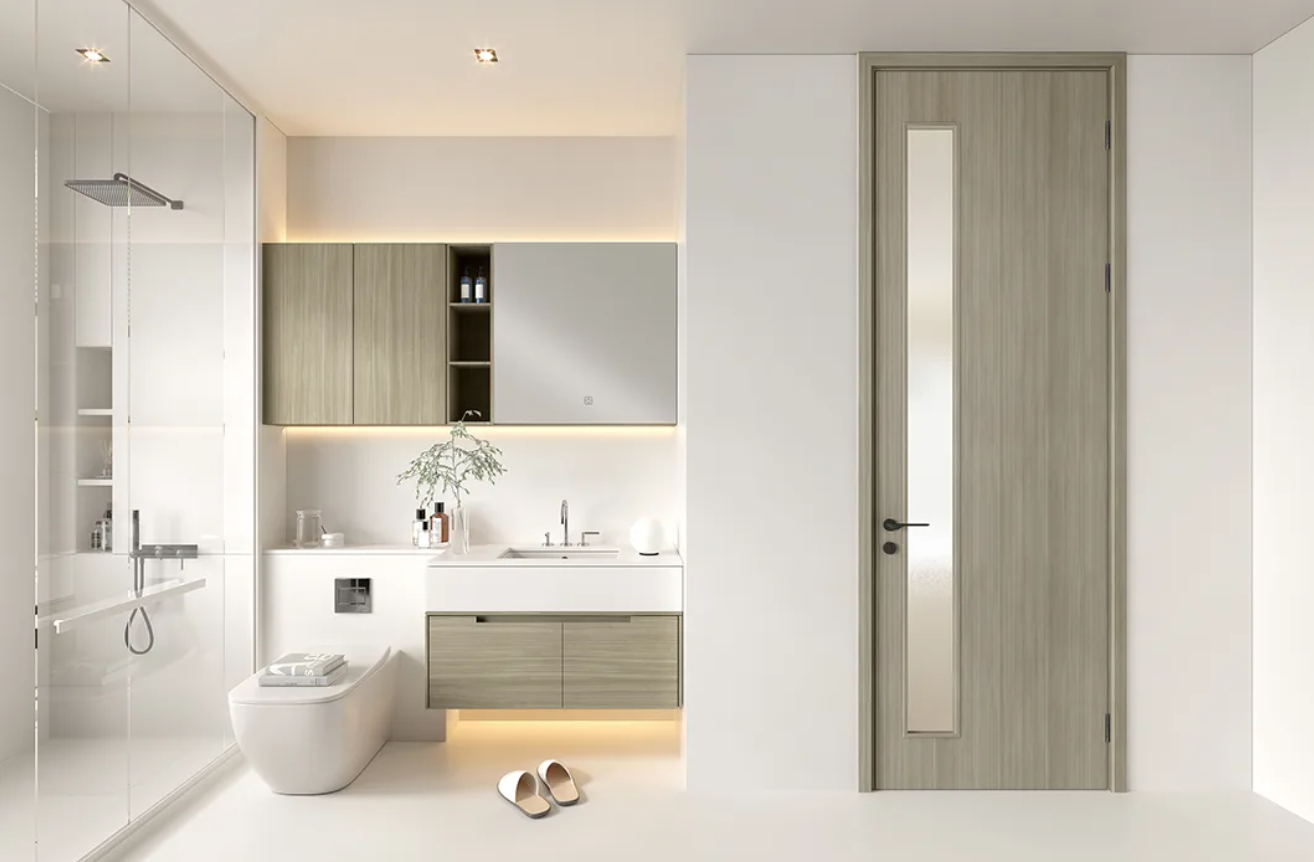When it pertains to creating or remodelling your bathroom, among one of the most neglected yet essential elements is the shower room door. It’s not practically separating spaces– it’s about capability, wetness resistance, and aesthetic appeals. That’s where WPC (Wood Plastic Compound) doors enter the picture. If you’re intending to upgrade your bathroom, going with elegant WPC doors can be a wise and lasting choice.
What Are WPC Doors?
WPC represents Timber Plastic Composite; a material made from a mix of wooden door design and thermoplastics. This innovative composition combines the durability of plastic with the elegant appearance of wood. It’s come to be a prominent choice to standard wood and PVC doors, especially in moisture-prone areas like shower rooms.
WPC doors are obtaining appeal amongst home owners and building contractors in India as a result of their water-resistant properties, low maintenance, and trendy layouts.
Why Choose WPC Doors for Your Bathroom?
1. Water and Moisture Resistance
Bathrooms are high-humidity areas. Wooden doors have a tendency to warp, swell, or rot in time because of moisture exposure. WPC doors, on the other hand, are entirely water-proof and moisture-resistant, making them an excellent selection for washroom insides. This suggests no more fret about door sides puffing or fungus forming because of wetness.
2. Stylish and Modern Styles
Gone are the days when shower room doors were purely practical and dull. WPC doors now can be found in a large range of colours, patterns, and finishes, including wood-like structures, matte styles, and laminate overlays. You can choose a style that matches your restroom style– be it minimalistic, modern-day, or traditional.
3. Toughness That Lasts
WPC doors are very sturdy, immune to termites, borers, and parasites, unlike wood doors. They don’t break, peel off, or discolour quickly and keep their look for years. This durability makes them an economical financial investment in the long run.
4. Low Upkeep
Unlike wood doors that require regular sprucing up or painting, WPC doors are basically maintenance-free. A simple clean with a wet cloth is all it requires to keep them tidy. They do not require any type of special treatment, which is a massive bonus offer for active house owners.
5. Eco-Friendly and Sustainable
If you’re someone that cares about the environment, WPC doors are a greener option. They are made using recycled products and minimize the requirement for reducing trees, making them an extra green option for your home.
Where Can You Make Use Of WPC Doors in the Washroom?
WPC doors are versatile and can be made use of for:
- Key shower room doors
- Shower room doors
- Commode dividers doors
- Storage room or restroom storage room doors
Because they are water resistant and termite-proof, you can confidently use them in any kind of area of the bathroom without the risk of damage or decay.
Exactly how to Select the Right WPC Door for Your Bathroom
1. Consider the Dimension and Fit
Step your restroom door frame appropriately. WPC doors for bathroom can be custom-cut to fit any kind of conventional or non-standard sizes.
2. Pick an End Up That Enhances Your Interior
If your shower room has a contemporary motif, choose simple or shiny finishes. For an all-natural or natural appearance, select a wood-textured laminate finish.
3. Check the Quality
Ensure you buy from a reputed producer or brand to ensure quality. An excellent WPC door must be thick, hefty, and without surface flaws.
Conclusion:
If you’re seeking to upgrade your bathroom with a door that mixes toughness, water resistance, and style, after that WPC doors are the way to go. With their streamlined styles, minimal maintenance, and long-life expectancy, they examine all the boxes for modern-day restroom layout.
Whether you are refurbishing your existing shower room or constructing a new one, take into consideration investing in WPC doors for a clever, lasting, and elegant remedy.
 77095 77095
77095 77095

